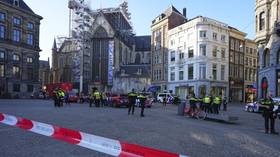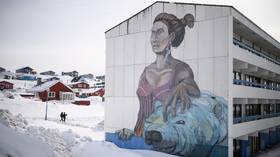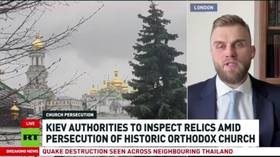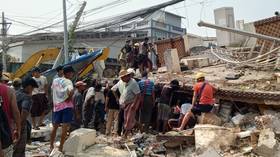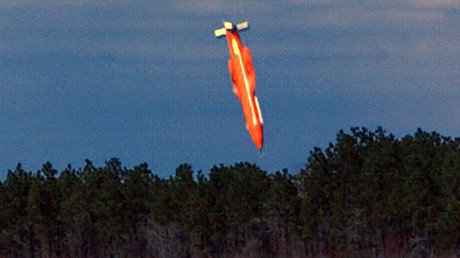A Fukushima waiting to happen? Huge stockpile of nuclear waste on California fault line threatens US
Millions of pounds of toxic waste are being buried under the site of a privately owned former nuclear power plant in California. The only problem? Experts warn that it sits on a major fault line — and in a tsunami zone.
The San Onofre nuclear plant, located just 108 feet from a popular beach, was shut down in 2015 after a leak was discovered. Now, the Southern California Edison energy company is burying the nuclear waste at the failed site — a move which has been approved by federal regulators.
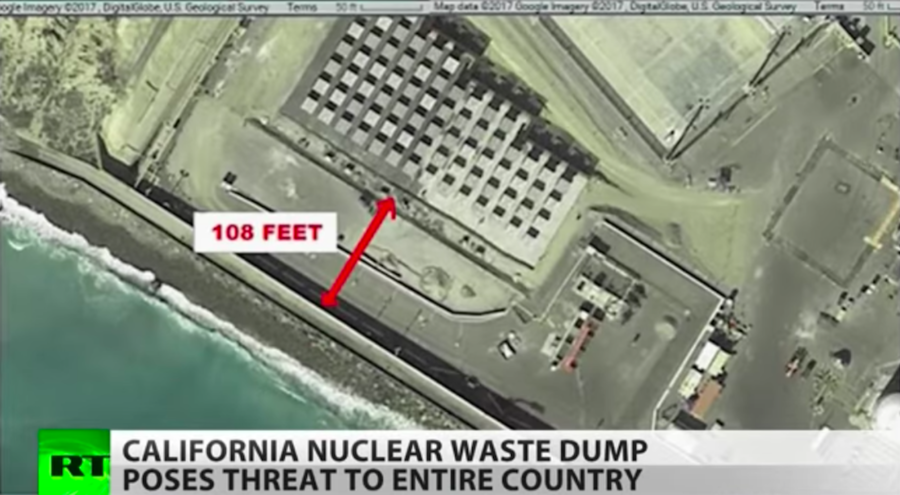
Charles Langley, the executive director of Public Watchdogs, told RT that the situation at San Onofre is of “grave concern” because spent nuclear fuel and water “don’t mix.”
Langley claimed that research carried out by experts which highlighted the extreme risks of storing the waste at the facility was “suppressed” by the very government agency responsible for protecting public health and safety.
"There are actually fault lines that run underneath the facility. We've documented this in geological reports that were suppressed by the Nuclear Regulatory Commission. It’s in a Tsunami zone and it’s also extremely vulnerable to terrorist attacks.”
So far, 29 of 73 canisters of waste are below the surface of the ground. Langley warns, however, that the canisters are unequipped to store the toxic nuclear waste. The warranty for the containment system is only for 10 years “and the canisters themselves are only guaranteed to last 25 years,” he said.
Nina Babiarz, a board member at Public Watchdogs, told RT that “there should have been a requirement for an underground monitoring system before one can even went in the ground.”
Babiarz believes the San Onofre plant is a ticking time bomb.
“It's still very prevalent to me that this not only could happen, but it has happened at Three Mile Island, of course it has happened at Chernobyl, it’s happened at Fukushima — and lest we forget, it could happen at San Onofre,” she said.
Edison refused to answer any of RT’s questions. On its website, however, the company says they are “being proactive in seeking out options for the relocation of the fuel, including an off-site facility.”
But San Onofre is not the only nuclear site causing concern to scientists and environmentalists in California.
The Santa Susana Field Laboratory — a highly classified former nuclear testing site, which was the location of the worst nuclear meltdown in nuclear history — was scorched in the California wildfires. During the 1959 disaster, 459 times more radiation was leaked there than during the infamous 1979 Three Mile Island meltdown in Pennsylvania.
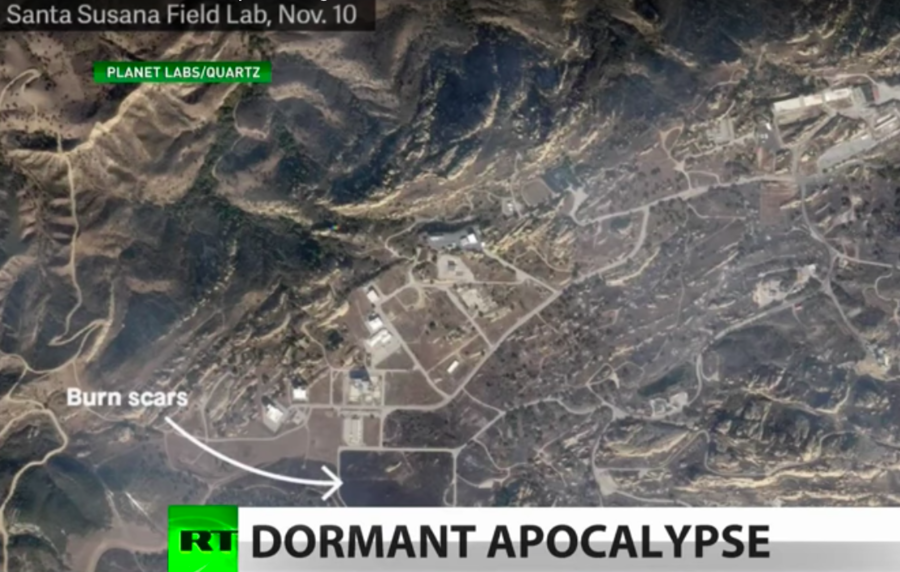
Physicians for Social Responsibility say that the toxic materials in the soil and vegetation could become airborne in smoke and ash. More than half a million people live within 10 miles of the area.
Investigative journalist Paul DeRienzo told RT that given the site’s classified status, it’s no surprise that Americans don’t know much about the place.
“It was a tremendous accident [in 1959] that gave off more radiation than Three Mile Island did — and other than that, very little is known. It’s a highly classified site and whatever we learn about it, we learn in dribs and drabs over a long period of time,” DeRienzo said.
Asked whether government assurances that the site is safe could be believed, DeRienzo warned against trusting official guarantees.
“You can’t, because it’s classified, because a lot of the things that happened at Santa Susana were classified and therefore there are things that they’re just never going to tell you and only accidentally does it come out,” he said.




